An Artistic Remix
Paul “DJ Spooky” Miller, in his TEDxAustin talk, wants to help redefine traditional methods of creation and art for the digital age. According to Miller, creation, and the formula behind it, is in the midst of a paradigm shift and has been for quite some time. He proposes that this shift reflects widespread changes from an outdated model of mass production to a more modern one which he terms “mass customization.” His idea behind mass customization stems from the availability of digital copies, something that reflects changes in the way artistic expression is approached and works are created — in his case, changes in the creation of music. Having digital copies from countless different mediums, available at any given time, has changed the way that artists conceptualize creation and this, as a result, has popularized what many academics call the “remix culture”: an entire generation of emerging and established artists that create art by reworking older, established works and making them their own. However, to some this raises an important question: can something that borrows from something else, something that is remixed, still be original? Can it still be art? Before attempting to answer those questions, it’s helpful to understand what is meant by the word remix.
A remix, as explored by Lessig in his TED Talks “Reexamining the Remix,” is, at its essence, something that borrows from something older to create something new. Contrary to my former understanding, a remix is not something limited strictly to music; remixes can be found almost everywhere. For example: in his talk, Lessig uses Walt Disney’s 1928 cartoon Steamboat Willie as an example of a remix, and shows us that the concept was originally from the silent film Steamboat Bill but had been reimagined using animation. Steamboat Willie is the first ever Mickey Mouse cartoon, without question a piece of art that introduced one of the most recognizable characters in the world—it was a remix. Lessig goes on to show a handful of Disney creations that follow this same method with equally successful results: taking a familiar concept and reworking it to create something new. So, with a working definition of a remix in place (again: something created by borrowing from other sources), it’s now time to address the question of originality.
The idea of originality in artistic expression has turned into something of a target for my jaded generation, one that apathetically cries out on their collective Tumblr “why bother trying? Nothing is original anymore!” To an extent, they're correct: very few things are original; however, as Lessig points out, it’s not an isolated incident. Earlier in this entry I touched on Miller’s theory that our society is moving away from a culture of mass production, a cultural model, as Miller explains, which gave rise to Picasso, Andy Warhol, and other recognizable artists. In this past model, the title of artist was given to the exalted few with enough talent to do a particular something (ie. paint, write, compose) well enough that people wanted to pay for it. The rise of digital media has changed that. Miller’s culture of mass customization is the proverbial nod to people that can create by “analyzing existing structures” and exploring them on a deeper level in an attempt to create an entirely new structure that can exist on its own. The structures Miller refers to are creative works. He’s saying that, within the current creative movement, artists are effectively exploring different ways to remix works and thus manage to create brilliant new works that still have a “trace or memory” of the previous, recognizable work.
It’s about time the definitions of creativity, originality, and art caught up to the current movement happening all around us. If something so obviously remixed as Steamboat Willie can be called art, why can’t something a DJ engineers to be original be placed on the same pedestal? Why can't a videogame be considered art? The idea of “scarcity versus ubiquity,” where a work's cultural value is defined by people’s access to it, is one that is losing traction as more people discover and accept the emerging mediums. Older art will always be considered as such, but the digital generation needs to make sure that new interpretations and forms of expression are always encouraged.
To conclude this blog post on a musical note, here is mashup artist Girl Talk who, in this clip, combines digital samples of Michael Jackson's 1992 hit "Remember The Time" with Daft Punk's 2013 song "Get Lucky":
[youtube=http://www.youtube.com/watch?v=gqY-6IBV1YM&w=560&h=315]
—Goodnight, folks!
